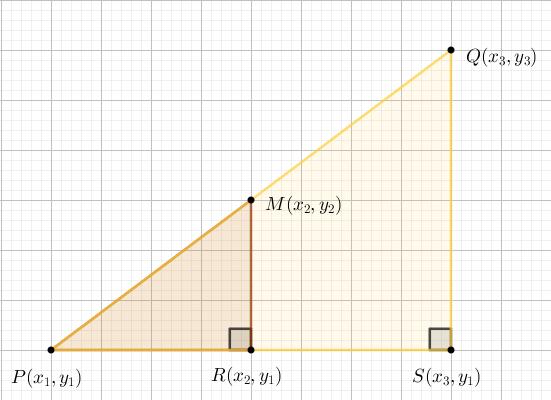I've had to try to explain the following problem:
Let $PQ$ be a line segment, given $P(x_1, y_1)$ and the midpoint $M(x_2, y_2)$, find the coordinates of $Q$.
I always draw a diagram and draw $\Delta x$ and $\Delta y$ and explain why they are $x_2 - x_1$ and $y_2 - y_1$ respectively. I then explain that you have to add the differences to move from the midpoint to the other endpoint. This always confuses the kids. Should I introduce the idea of a vector? What would you suggest to help them understand this procedure?
